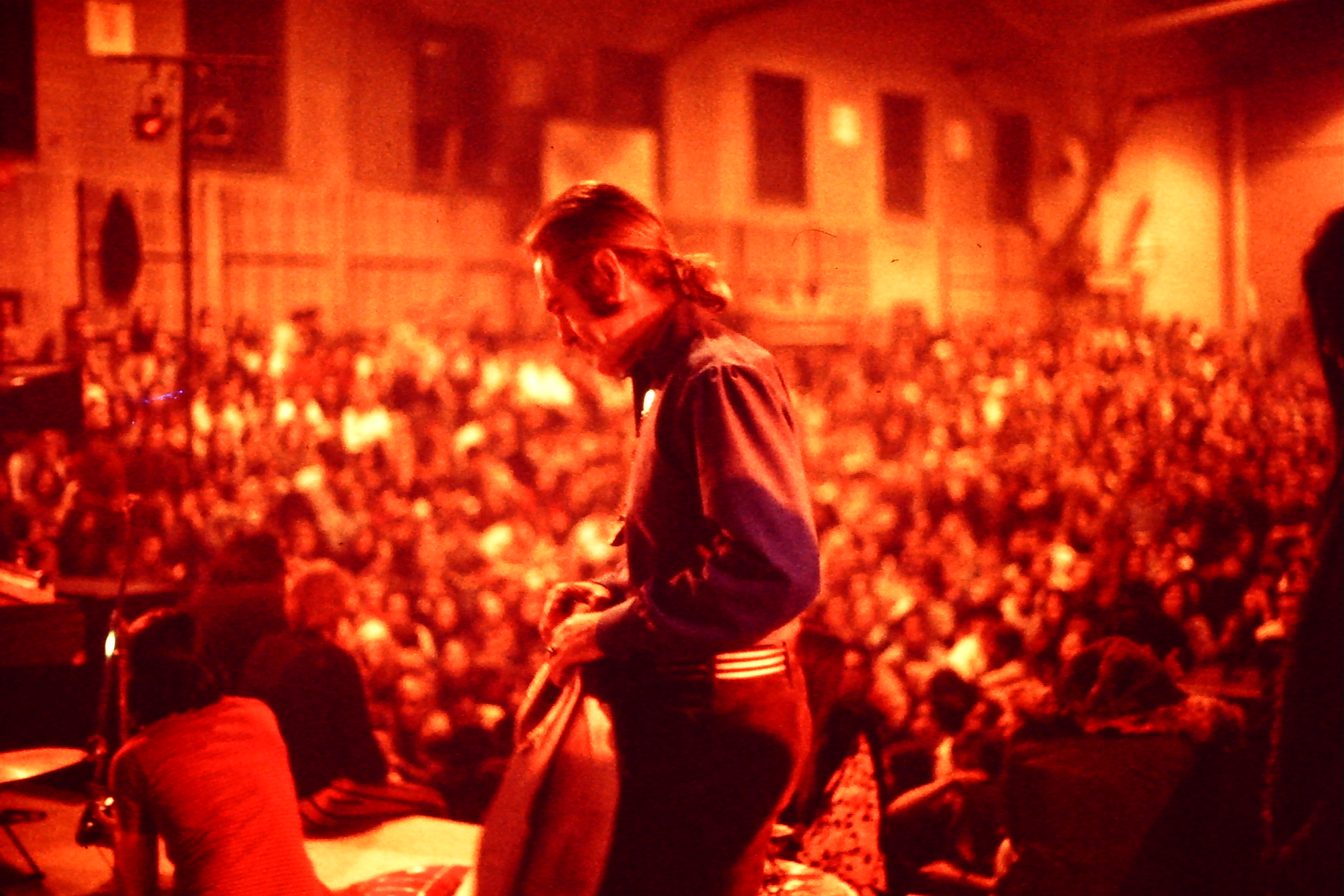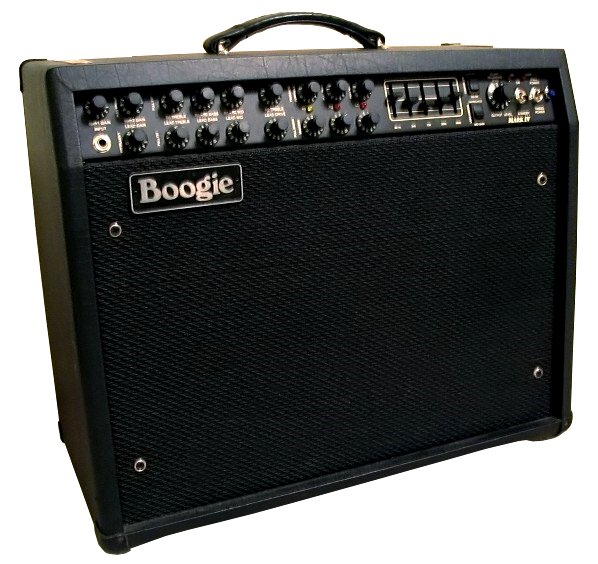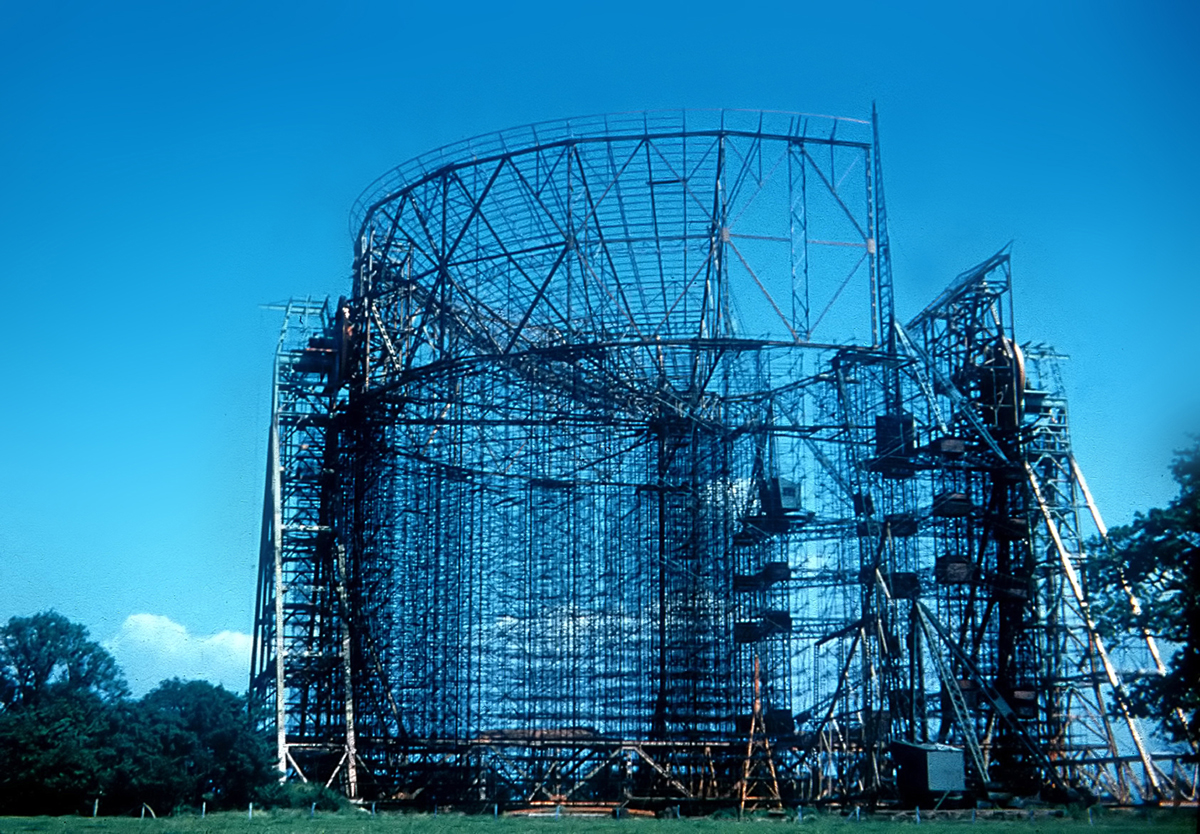|
Mark I (other)
Mark I or Mark 1 often refers to the first version of a weapon or military vehicle, and is sometimes used in a similar fashion in civilian product development. In some instances, the Arabic numeral "1" is substituted for the Roman numeral "I". "Mark", meaning "model" or "variant", can itself be abbreviated "Mk." It may refer to: Military and weaponry * Mark I tank (1916), the first tank to be used in combat * Supermarine Spitfire Mk I (1938), Royal Air Force fighter aircraft * Mark I Fire Control Computer, United States Navy fire control computer used in World War II surface ships * Mark I Nuclear Weapon (Little Boy), first nuclear weapon used in combat *The Mark I NAAK, an auto-injector carried by military personnel for use in case of nerve agent attacks * Mk 1 Underwater Defense Gun, 1970s United States Navy dart-shooting underwater firearm *Mk 1 grenade, the first American-designed grenade used by American forces in World War I * Mark I trench knife, a combat knife carried b ... [...More Info...] [...Related Items...] OR: [Wikipedia] [Google] [Baidu] |
Arabic Numerals
Arabic numerals are the ten numerical digits: , , , , , , , , and . They are the most commonly used symbols to write Decimal, decimal numbers. They are also used for writing numbers in other systems such as octal, and for writing identifiers such as computer symbols, trademarks, or license plates. The term often implies a decimal number, in particular when contrasted with Roman numerals. They are also called Western Arabic numerals, Ghubār numerals, Hindu-Arabic numerals, Western digits, Latin digits, or European digits. The ''Oxford English Dictionary'' differentiates them with the fully capitalized ''Arabic Numerals'' to refer to the Eastern Arabic numerals, Eastern digits. The term numbers or numerals or digits often implies only these symbols, however this can only be inferred from context. It was in the Algerian city of Béjaïa that the Italian people, Italian scholar Fibonacci first encountered the numerals; his work was crucial in making them known throughout Europe. ... [...More Info...] [...Related Items...] OR: [Wikipedia] [Google] [Baidu] |
Colossus Mark I
Colossus was a set of computers developed by British codebreakers in the years 1943–1945 to help in the cryptanalysis of the Lorenz cipher. Colossus used thermionic valves (vacuum tubes) to perform Boolean and counting operations. Colossus is thus regarded as the world's first programmable, electronic, digital computer, although it was programmed by switches and plugs and not by a stored program. Colossus was designed by General Post Office (GPO) research telephone engineer Tommy Flowers to solve a problem posed by mathematician Max Newman at the Government Code and Cypher School (GC&CS) at Bletchley Park. Alan Turing's use of probability in cryptanalysis (see Banburismus) contributed to its design. It has sometimes been erroneously stated that Turing designed Colossus to aid the cryptanalysis of the Enigma. (Turing's machine that helped decode Enigma was the electromechanical Bombe, not Colossus.) The prototype, Colossus Mark 1, was shown to be working in December 1943 and ... [...More Info...] [...Related Items...] OR: [Wikipedia] [Google] [Baidu] |
Patriarch Mark I
Mark the Evangelist ( la, Marcus; grc-gre, Μᾶρκος, Mârkos; arc, ܡܪܩܘܣ, translit=Marqōs; Ge'ez: ማርቆስ; ), also known as Saint Mark, is the person who is traditionally ascribed to be the author of the Gospel of Mark. According to Church tradition, Mark founded the episcopal see of Alexandria, which was one of the five most important sees of early Christianity. His feast day is celebrated on April 25, and his symbol is the winged lion. Mark's identity According to William Lane (1974), an "unbroken tradition" identifies Mark the Evangelist with John Mark, and John Mark as the cousin of Barnabas. However, Hippolytus of Rome in ''On the Seventy Apostles'' distinguishes Mark the Evangelist (2 Tim 4:11), John Mark (Acts 12:12, 25; 13:5, 13; 15:37), and Mark the cousin of Barnabas (Col 4:10; Phlm 1:24). According to Hippolytus, they all belonged to the "Seventy Disciples" who were sent out by Jesus to disseminate the gospel (Luke 10:1ff.) in Judea. According ... [...More Info...] [...Related Items...] OR: [Wikipedia] [Google] [Baidu] |
Visual Inspection
Visual inspection is a common method of quality control, data acquisition, and data analysis. Visual Inspection, used in maintenance of facilities, mean inspection of equipment and structures using either or all of raw human senses such as vision, hearing, touch and smell and/or any non-specialized inspection equipment. Inspections requiring Ultrasonic, X-Ray equipment, Infra-red, etc. are not typically regarded as Visual Inspection as these Inspection methodologies require specialized equipment, training and certification. Quality control A study of the visual inspection of small integrated circuits found that the modal duration of eye fixations of trained inspectors was about 200 ms. The most accurate inspectors made the fewest eye fixations and were the fastest. When the same chip was judged more than once by an individual inspector the consistency of judgment was very high whereas the consistency between inspectors was somewhat less. Variation by a factor of six in inspecti ... [...More Info...] [...Related Items...] OR: [Wikipedia] [Google] [Baidu] |
Mark 1
Mark 1 is the first chapter of the Gospel of Mark in the New Testament of the Christian Bible. Text The original text was written in Koine Greek. This chapter is divided into 45 verses. Textual witnesses Some early manuscripts containing the text of this chapter are: * Papyrus 137 (2nd/3rd century; extant verses 7–9, 16–18) *Codex Vaticanus (325-350; complete) *Codex Sinaiticus (330-360; omit verse 33) *Codex Bezae (~400; complete) *Codex Washingtonianus (~400; complete) *Codex Alexandrinus (400-440; complete) * Codex Ephraemi Rescriptus (~450; extant verses 18–45) Opening (1:1) : ''The beginning of the gospel of Jesus Christ, the Son of God;'' The opening verse of the Gospel of Mark states right from the start Mark's belief. American academic Robert J. Miller translates it as "The good news of Jesus the Anointed", on the basis that χριστου means "anointed" and the phrase υιου του θεου is not present in a few early witnesses. Some older manusc ... [...More Info...] [...Related Items...] OR: [Wikipedia] [Google] [Baidu] |
The Beatles
The Beatles were an English Rock music, rock band, formed in Liverpool in 1960, that comprised John Lennon, Paul McCartney, George Harrison and Ringo Starr. They are regarded as the Cultural impact of the Beatles, most influential band of all time and were integral to the development of counterculture of the 1960s, 1960s counterculture and popular music's recognition as an art form. Rooted in skiffle, beat music, beat and 1950s rock and roll, rock 'n' roll, their sound incorporated elements of classical music and traditional pop in innovative ways; the band also explored music styles ranging from folk music, folk and Music of India, Indian music to Psychedelic music, psychedelia and hard rock. As Recording practices of the Beatles, pioneers in recording, songwriting and artistic presentation, the Beatles revolutionised many aspects of the music industry and were often publicised as leaders of the era's Baby boomers, youth and sociocultural movements. Led by primary songwriter ... [...More Info...] [...Related Items...] OR: [Wikipedia] [Google] [Baidu] |
John Lennon
John Winston Ono Lennon (born John Winston Lennon; 9 October 19408 December 1980) was an English singer, songwriter, musician and peace activist who achieved worldwide fame as founder, co-songwriter, co-lead vocalist and rhythm guitarist of the Beatles. Lennon's work was characterised by the rebellious nature and acerbic wit of his music, writing and drawings, on film, and in interviews. His songwriting partnership with Paul McCartney remains the most successful in history. Born in Liverpool, Lennon became involved in the Skiffle#Revival in the United Kingdom, skiffle craze as a teenager. In 1956, he formed The Quarrymen, which evolved into the Beatles in 1960. Sometimes called "the smart Beatle", he was initially the group's de facto leader, a role gradually ceded to McCartney. Lennon soon expanded his work into other media by participating in numerous films, including ''How I Won the War'', and authoring ''In His Own Write'' and ''A Spaniard in the Works'', both collection ... [...More Info...] [...Related Items...] OR: [Wikipedia] [Google] [Baidu] |
Tomorrow Never Knows
"Tomorrow Never Knows" is a song by the English rock band the Beatles, written primarily by John Lennon and credited to Lennon–McCartney. It was released in August 1966 as the final track on their album ''Revolver'', although it was the first song recorded for the LP. The song marked a radical departure for the Beatles, as the band fully embraced the potential of the recording studio without consideration for reproducing the results in concert. When writing the song, Lennon drew inspiration from his experiences with the hallucinogenic drug LSD and from the 1964 book '' The Psychedelic Experience: A Manual Based on the Tibetan Book of the Dead'' by Timothy Leary, Richard Alpert and Ralph Metzner. The Beatles' recording employed musical elements foreign to pop music, including musique concrète, avant-garde composition and electro-acoustic sound manipulation. It features an Indian-inspired modal backing of tambura and sitar drone and bass guitar, with minimal harmonic deviat ... [...More Info...] [...Related Items...] OR: [Wikipedia] [Google] [Baidu] |
Mesa Boogie Mark Series
The Mesa Boogie Mark Series is a series of guitar amplifier made by Mesa Engineering (more commonly known as "Mesa/Boogie"). Originally just referred to as "Boogies," the product line took on the moniker "Mark Series" as newer revisions were put into production. The Mark Series amplifier was Mesa's flagship product until the introduction of the Rectifier series, and the amplifiers are collectable. Mark I Randall Smith began Mesa/Boogie with a practical joke: he borrowed a Fender Princeton (a small 12-watt amplifier) from his friend, Barry Melton of Country Joe and the Fish, and "hotrodded" it by replacing the amplifier section with a powerful Fender Bassman amp and installing a 12-inch speaker instead of the original 10-inch. The resulting amplifier proved to be loud and successful, and Smith made more than 200 of these Princeton "Boogies"—a name allegedly provided by Carlos Santana, who is to have exclaimed "Man, that little thing really boogies!" A second important improveme ... [...More Info...] [...Related Items...] OR: [Wikipedia] [Google] [Baidu] |
Manchester Mark 1
The Manchester Mark 1 was one of the earliest stored-program computers, developed at the Victoria University of Manchester, England from the Manchester Baby (operational in June 1948). Work began in August 1948, and the first version was operational by April 1949; a program written to search for Mersenne primes ran error-free for nine hours on the night of 16/17 June 1949. The machine's successful operation was widely reported in the British press, which used the phrase "electronic brain" in describing it to their readers. That description provoked a reaction from the head of the University of Manchester's Department of Neurosurgery, the start of a long-running debate as to whether an electronic computer could ever be truly creative. The Mark 1 was to provide a computing resource within the university, to allow researchers to gain experience in the practical use of computers, but it very quickly also became a prototype on which the design of Ferranti's commercial version could ... [...More Info...] [...Related Items...] OR: [Wikipedia] [Google] [Baidu] |
Lovell Telescope
The Lovell Telescope is a radio telescope at Jodrell Bank Observatory, near Goostrey, Cheshire in the north-west of England. When construction was finished in 1957, the telescope was the largest steerable dish radio telescope in the world at 76.2 m (250 ft) in diameter; it is now the third-largest, after the Green Bank Telescope, Green Bank telescope in West Virginia, United States, and the Effelsberg 100-m Radio Telescope, Effelsberg telescope in Germany. It was originally known as the "250 ft telescope" or the Radio Telescope at Jodrell Bank, before becoming the Mark I telescope around 1961 when future telescopes (the Mark II (radio telescope), Mark II, Mark III (radio telescope), III, and IV) were being discussed.Lovell, ''The Jodrell Bank Telescopes'' It was renamed to the Lovell Telescope in 1987 after Sir Bernard Lovell, and became a Grade I listed building in 1988. The telescope forms part of the MERLIN and European VLBI Network arrays of radio telescopes. Both ... [...More Info...] [...Related Items...] OR: [Wikipedia] [Google] [Baidu] |
Harvard Mark I
The Harvard Mark I, or IBM Automatic Sequence Controlled Calculator (ASCC), was a general-purpose electromechanical computer used in the war effort during the last part of World War II. One of the first programs to run on the Mark I was initiated on 29 March 1944 by John von Neumann. At that time, von Neumann was working on the Manhattan Project, and needed to determine whether implosion was a viable choice to detonate the atomic bomb that would be used a year later. The Mark I also computed and printed mathematical tables, which had been the initial goal of British inventor Charles Babbage for his "analytical engine" in 1837. The Mark I was disassembled in 1959, but portions of it were displayed in the Science Center as part of the Harvard Collection of Historical Scientific Instruments until being moved to the new Science and Engineering Complex in Allston, Massachusetts in July 2021. Other sections of the original machine had much earlier been transferred to IBM and the S ... [...More Info...] [...Related Items...] OR: [Wikipedia] [Google] [Baidu] |







